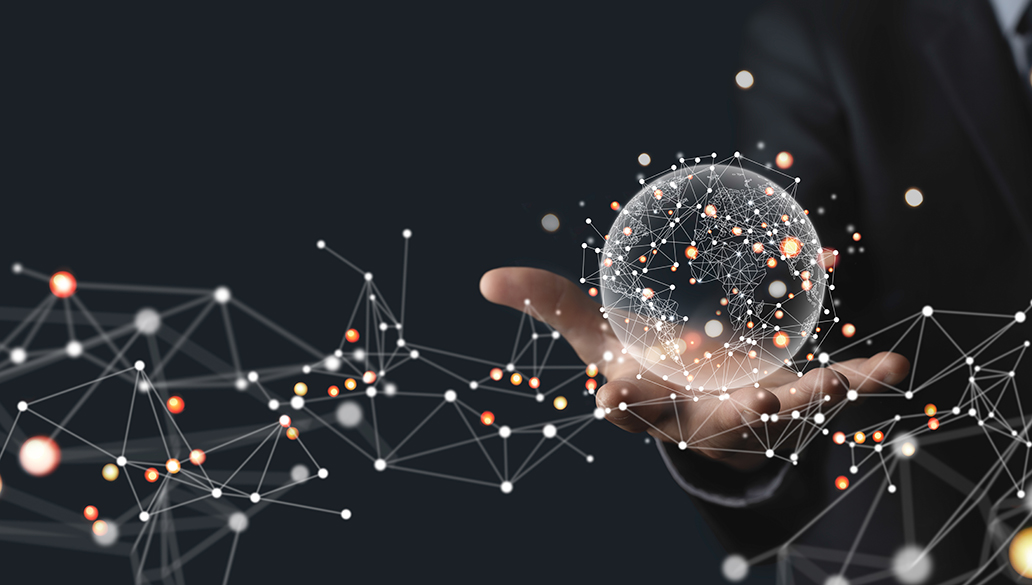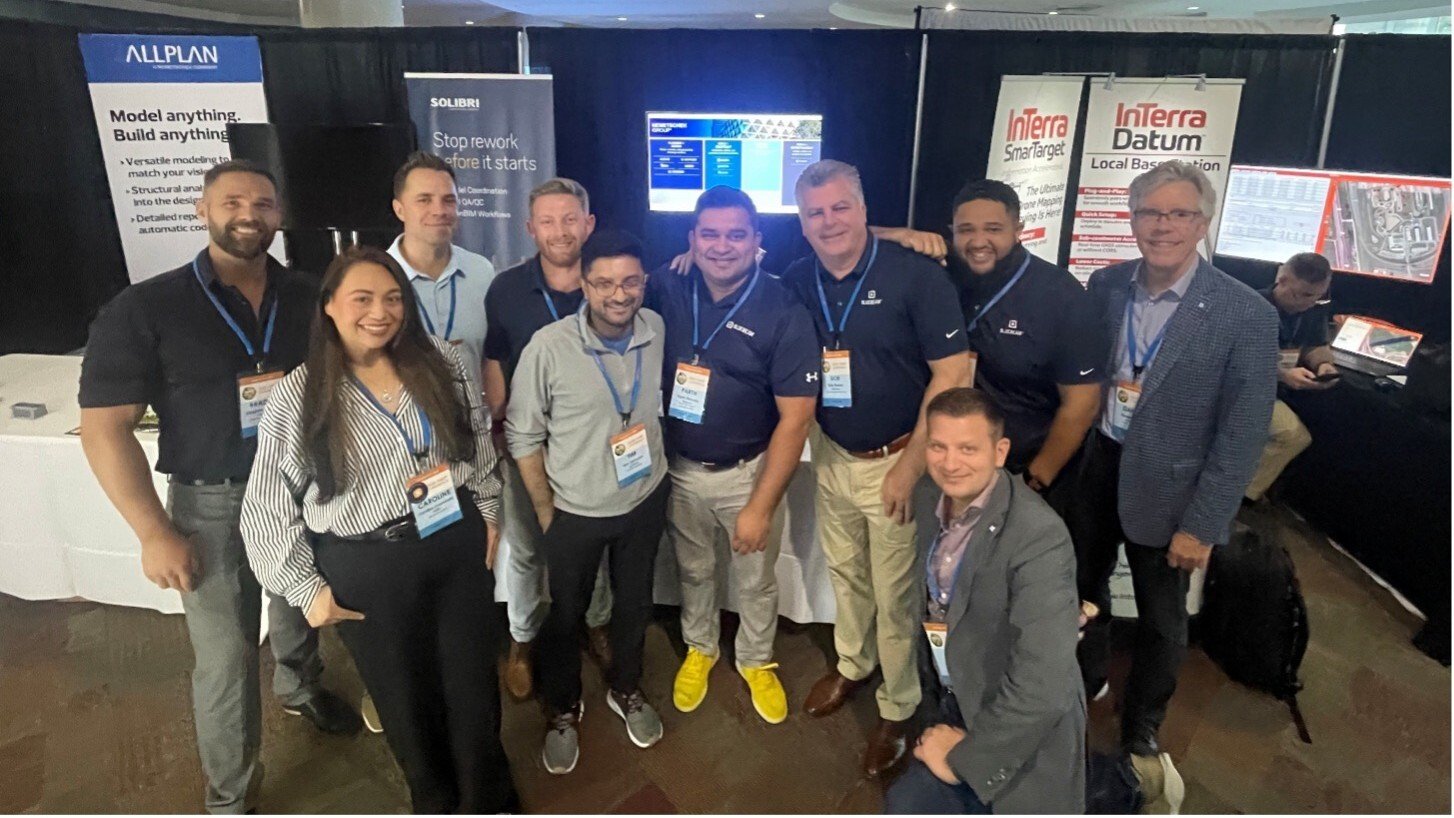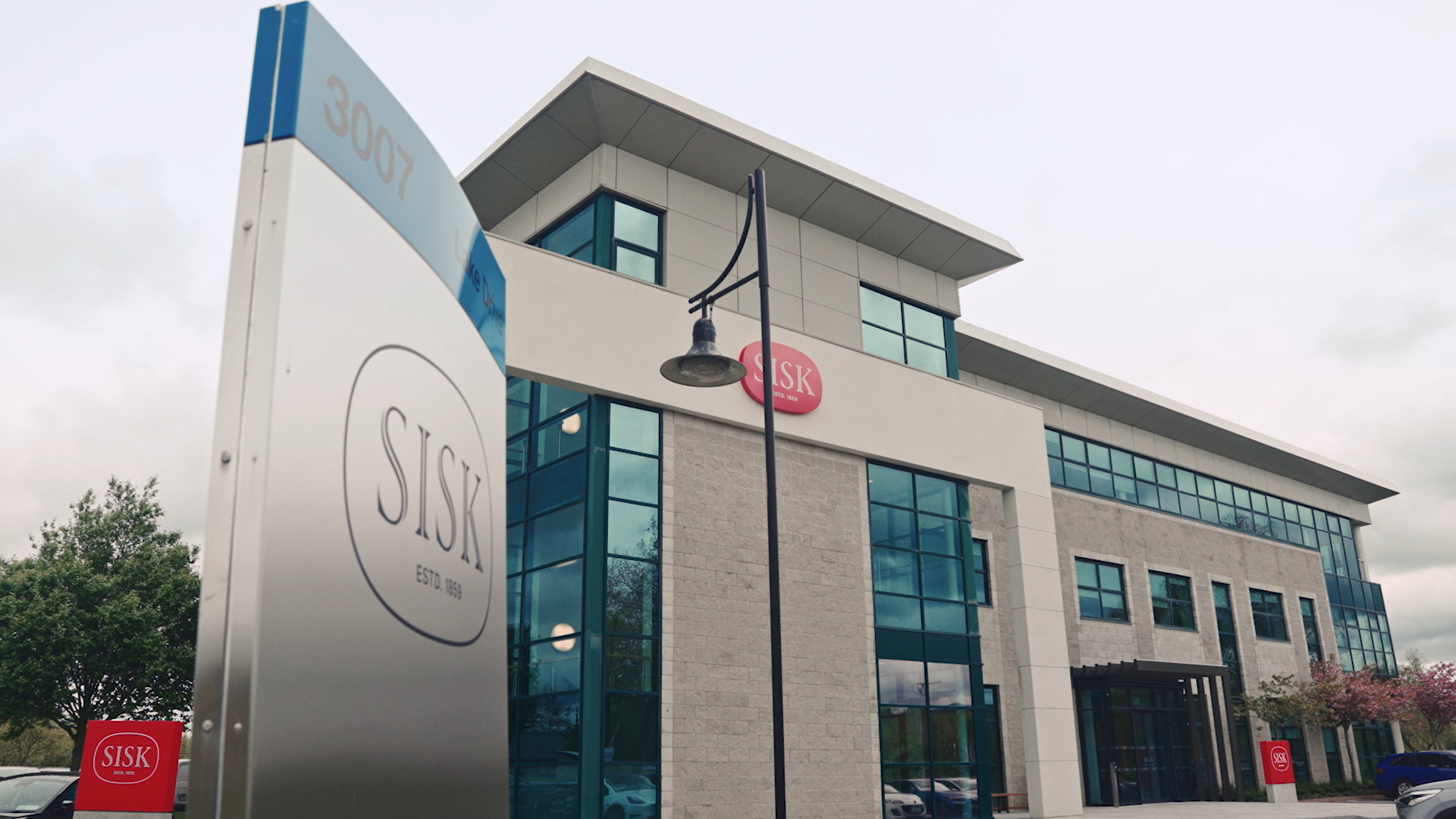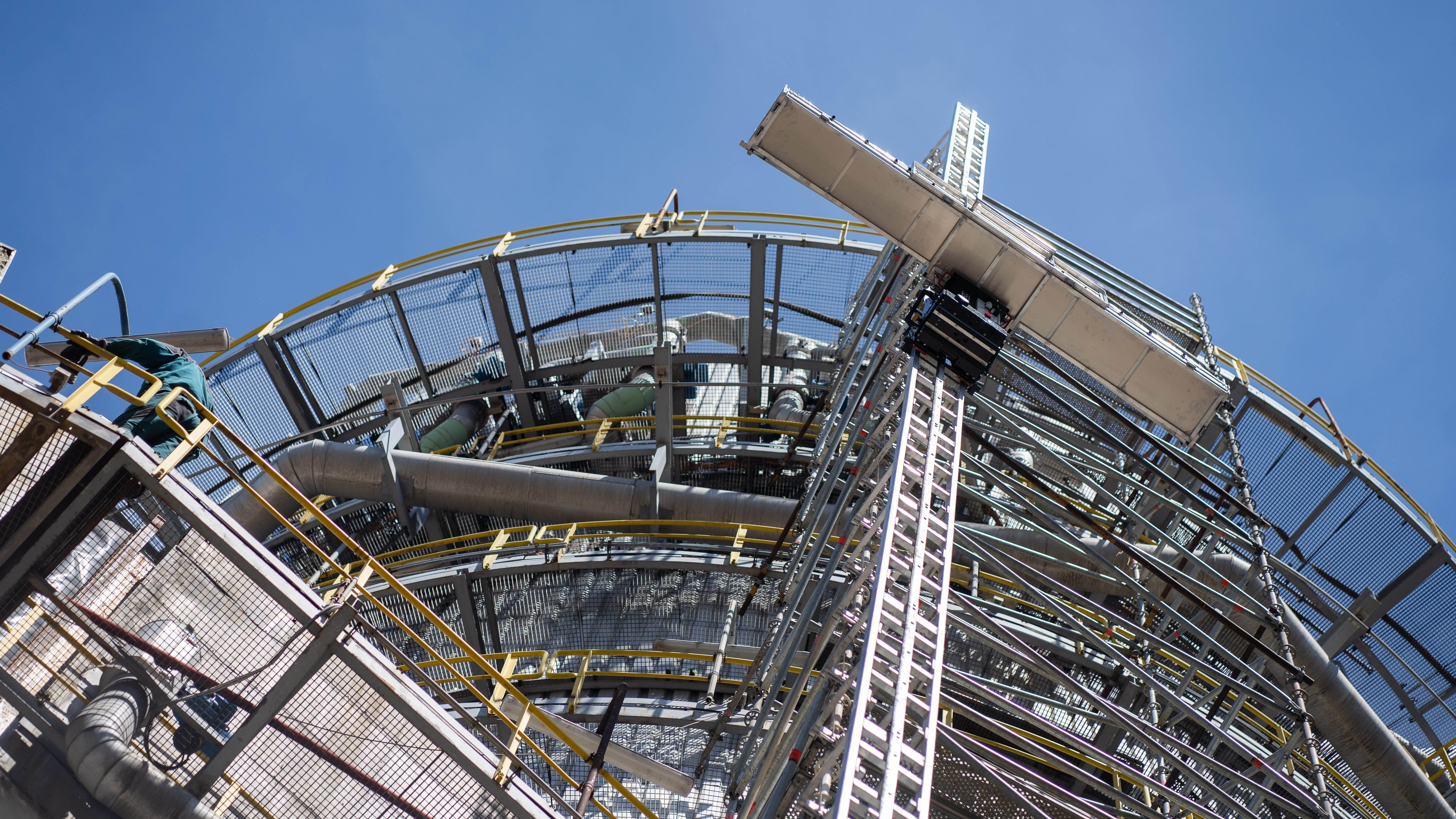The Top 7 Trends for the AEC/O Industry in 2022
A look into the future shows: One megatrend, four industry trends and two software trends will shape the construction industry this year.
Author
Nemetschek Group
This article belongs to the collection Quality & Efficiency
To the topic pageCurrently, the architecture, engineering, construction, and operations (AEC/O) industry is still in the midst of rapid change and disruption. The continuing rise of digital solutions and the climate emergency are re-shaping how we design, build, and operate our buildings and infrastructure. From these drivers, we see seven major trends that will affect the industry over the course of this year.
The Megatrend: Sustainability
As we start to consider a future of warmer temperatures, unpredictable weather events, and fewer natural resources, it’s clear that how and what we construct can have a massive impact on sustainability. While environmental concerns affect all of us, the AEC/O industry is responsible for 40% of global CO2 emissions. Therefore, we must demand more from the AEC/O industry – because the decisions made today will impact our environment for years, if not decades.
There are four areas that can drive change: thinking about construction differently, building more efficiently, constructing longer lasting, and operating more beneficial. The answer lies in leveraging the power of data and digital solutions. By seeing a building’s or asset’s lifespan as a cycle in which data is continuously collected, processed, and reused provides a holistic view of a structure and its raw materials. This way, we can help ensure that the ambitious climate targets can be achieved.
The Industry Trend: Digitalization
While increasing digitalization is not limited to the AEC/O industry, it is one of our biggest challenges – and opportunities. Breaking the trend down further, there are four main sub-trends that will play a large role in 2022.
Building Lifecycle Intelligence
Building Lifecycle Intelligence is the organization of all data of a building – from design through to completion and operation – in one central place that everyone has access to. This way, the data is organized, structured, and reusable for all who need it. It can be used across the entire value chain of a building or project, providing better control. The result is added value for everyone, increasing efficiency and minimizing sources of error.
Building Lifecycle Intelligence requires an open, connected ecosystem with all data in one central place, dynamically linking models and documents together. However, this demands for open protocols and standards, which only further digitalization can bring.
Digital Twins
A digital twin is the virtual representation of a real object, such as a building. During the planning phase, one central data reference is created that is accessible to all project members and covers every phase of the lifecycle of the building object – from design and construction to management and maintenance. Even plans for future use or reuse can be included. The basis for this is BIM and a consistent 3D model.
With a digital twin, construction can be simulated even before the building is erected. This can provide insights regarding sustainability, but also helps identify possible sources of error before construction. The main benefit is that the future becomes more predictable and analyzable.
However, the challenge here is that all changes from the original model must be updated throughout the entire life cycle of a building, which can only be accomplished with digital tools.
Data-Driven Insights
Data is the new gold. As Building Lifecycle Intelligence and digital twins become the norm in the industry going forward, so too will data-driven decisions. Collecting and analyzing the data gathered enables insights and solutions to be developed based on past and currently available information.
To do this, data must be generated accurately, in real time, and reliably. While data is a collection of facts, and information is how these facts are understood in context, it is imperative that the availability of data is ensured. Like Building Lifecycle Intelligence, data-driven construction only works in an accessible, digitized environment with open interfaces.
Integrated Solutions
Another sub-trend of the digital movement will be the shift to integrated solutions. Here we will see one solution for everything – to collect and connect data, processes, and human resources in one place. Having one master or tool for everything will reduce the number of software versions that are used, and therefore reduce the risk of errors. It will also ensure that there is connectivity between the site, office, and the data that both require.
The Software Trend: Smart Solutions
On an even more granular level, we expect to see software adapt and change to support the four digitalization sub-trends. In this area, advances in artificial intelligence and the Internet of Things will play a big role in 2022.
Smart Buildings
A smart building is one that is equipped with intelligent building automation. The control, regulation, monitoring, and optimization of buildings is done through interconnected sensors, consumption meters, or other controls. Rather than controlling just an individual residential unit, building automation encompasses an entire building.
The main goal of smart buildings is to optimize energy use and lower CO2 emissions. Networked and remotely controllable devices and automated processes can help achieve this. However, the key is data – without data about energy consumption, for example, energy usage cannot be optimized.
Artificial Intelligence and Machine Learning
With artificial intelligence (AI) and machine learning, intelligent behavior – such as decisions and data processing – can be automated. What data is already available can also be made better use of. Startups in the construction industry – such as Reconstruct and Imerso – are pioneering these approaches and will no doubt provide new innovations going forward. Like for smart buildings, data must be available for AI and machine learning to work effectively.
Looking Forward
The two challenges of sustainability and digitalization go hand in hand – with the construction industry as a good example of much untapped potential. As 2022 continues to unfold, we hope to see these trends become driving forces of positive change across the industry – shaping a more sustainable industry.





